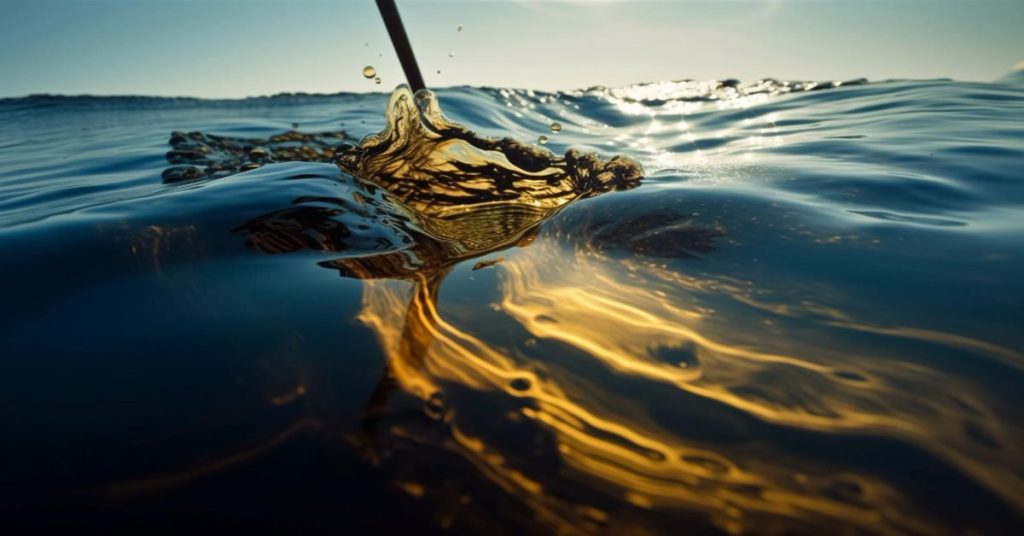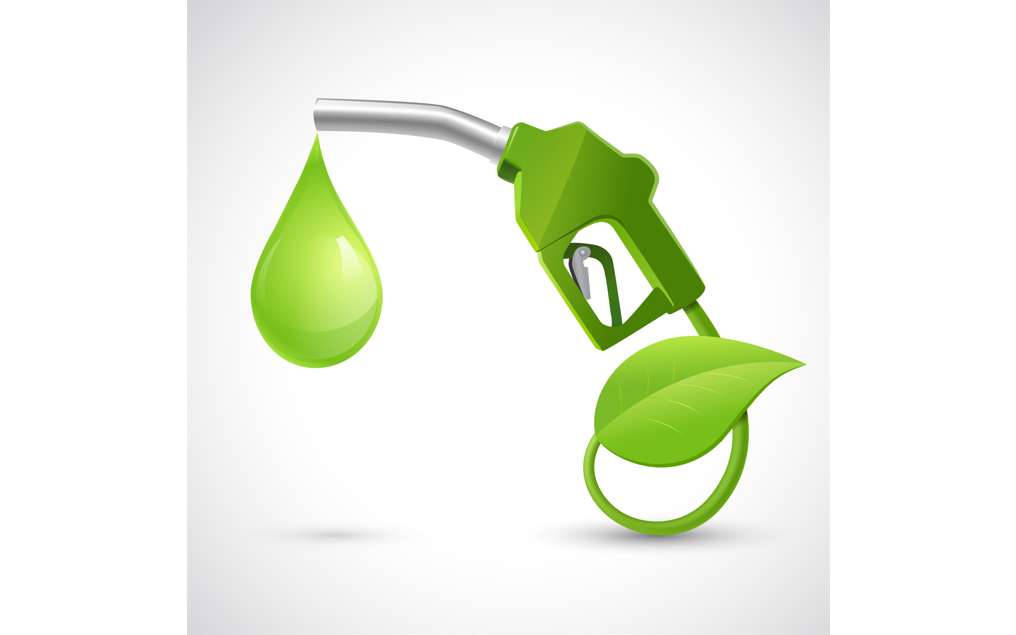Comparing laccases with oxygenases and hydrolases for petroleum bioremediation
Enzymatic Bioremediation of Petroleum Petroleum Bioremediation – Employing microorganisms in bioremediation has been a common practice for the past few years. However, relying solely on microorganisms for the degradation procePetroleum bioremediation is an environmentally friendly process that involves the use of microorganisms and enzymes to degrade and remove hydrocarbons from contaminated sites.ss may not be …
Comparing laccases with oxygenases and hydrolases for petroleum bioremediation Read More »


